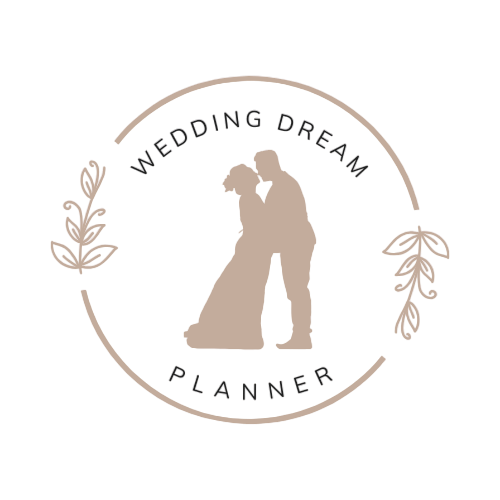Planning a wedding is exciting—but it can also be overwhelming when it comes to money. Between venue, catering, attire, and décor, costs add up fast. The good news? With a wedding budget spreadsheet, you can stay organized, avoid hidden expenses, and keep control of your finances.
In this guide, you’ll learn how to set up a clear wedding budget, what categories to track, and how to stay within your limits.
Why Use a Wedding Budget Spreadsheet?
A wedding budget spreadsheet helps you:
- See the big picture – All expenses in one place.
- Avoid overspending – Compare “estimated vs. actual” costs.
- Track payments – Know what’s paid and what’s pending.
- Stay on the same page – Easily share with your partner or family.
Spreadsheets are flexible, simple, and accessible anywhere—whether you prefer Excel or Google Sheets.
Key Categories to Include
When creating your budget, divide expenses into categories. Common ones include:
- Venue & Catering (venue fee, food, drinks, cake)
- Attire (wedding dress, suit, accessories)
- Photography & Video
- Music & Entertainment
- Flowers & Décor
- Stationery & Invitations
- Transportation
- Officiant & Ceremony Costs
- Miscellaneous / Contingency (10%)
💡 Tip: Always add a “miscellaneous” category to cover last-minute surprises.
Estimated vs. Actual Costs
A good spreadsheet should have two columns for every category:
- Estimated: what you plan to spend.
- Actual: what you really spend.
This simple method helps you see immediately where you’re over budget—and where you’ve saved.
Track Payments & Deadlines
Weddings involve deposits, installments, and final payments. Add these columns:
- Deposit Paid
- Balance Due
- Due Date
- Paid (Yes/No)
Set reminders or conditional formatting to highlight overdue items.
Share Your Budget in Real Time
If you use Google Sheets, you can share the budget with your partner, family, or even vendors. Everyone can access the latest version—no endless email attachments.
Common Mistakes to Avoid
- Forgetting to include taxes and tips
- Not setting aside contingency funds
- Ignoring small extras (favors, postage, beauty trials)
- Overlooking currency exchange for destination weddings
FAQ: Wedding Budget Spreadsheet
Q1: Should I use Excel or Google Sheets?
Both work well. Excel is great offline, while Google Sheets is perfect for sharing and real-time updates.
Q2: How much should I set aside for unexpected costs?
A minimum of 10% of your total budget is recommended.
Q3: Can I use one spreadsheet for both budget and guest list?
You can, but it gets messy. It’s better to keep them linked but separate.
Q4: What’s the average cost of a wedding?
It varies by country and style. In the US, the average is around $30,000, but smaller weddings can be done for far less.
Q5: How do I stick to the budget once set?
Update your spreadsheet regularly and review it together every week.
Final Thoughts: Stay on Budget, Stay Stress-Free
Your wedding should be a joyful journey—not a financial headache. A well-structured spreadsheet is your best tool for staying in control and avoiding stress.
✨ Want to save hours of work? Instead of building spreadsheets from scratch, get the Wedding Dream Planner Bundle—8 ready-to-use planning sheets (budget, guest list, seating chart, timeline, vendor comparison, and more) plus Canva templates and bonuses.
👉 Get the Wedding Dream Planner Bundle today and start planning with confidence.

